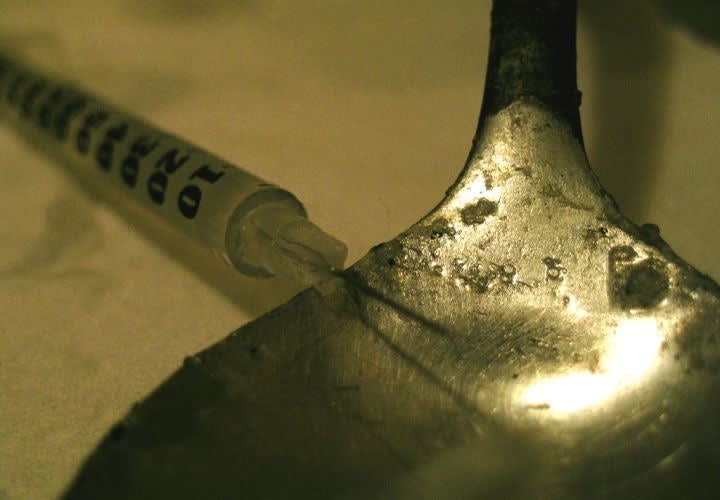In these enclaves, the use and abuse of alcohol, marijuana, cocaine, heroin and, more recently, khat are culturally accepted. Often the drug use was associated with the culture of the ethnic group it victimized. The Irish and Native American abuse of alcohol, Central and South American abuse of cocaine, Asian and African abuse of opiates, and white neo-Nazi abuse of methamphetamines are all examples of this self identification with illicit drugs.
It is this use of illicit drugs that first seduces young men into the criminal underworld and later makes the gangs the principal purveyors of this genocidal poison. Profits derived from this drug trafficking finances and arms these gangs for wars with rivals, and it connects them with international drug trafficking organizations.
The illegal use of liquor during prohibition propelled Al Capone and his gang to control Chicago and to corrupt the Second City government to the extent that one might argue it really never recovered. The supposedly "harmless" gateway drug of marijuana fueled the growth and proliferation of Pachuco gangs in the Southwest in the 1940s. In the gang slang language of Calo, another name for Pachuco is "Marijuano."
In 1970s Florida, cocaine amped up and supercharged Cuban and other Latino gangs. In the 1980s, the crack cocaine epidemic of Los Angeles franchised the spread of African American Crip and Blood gangs across the country. Later, heroin and Mexican meth trafficking turned some of these Latino gangs into transitional super gangs and established the prison gangs at the top of the food chain.
International drug trafficking cartels now threaten the stability of our neighbors in Central and South America and have caused the mass illegal immigration across our southern border and the unprecedented border violence we see daily reported in the media. One of the most violent, Mexican Sinaloa cartel leader Joaquin "El Chapo" Guzman, built his organization of the sales of Mexican marijuana to the U.S.












